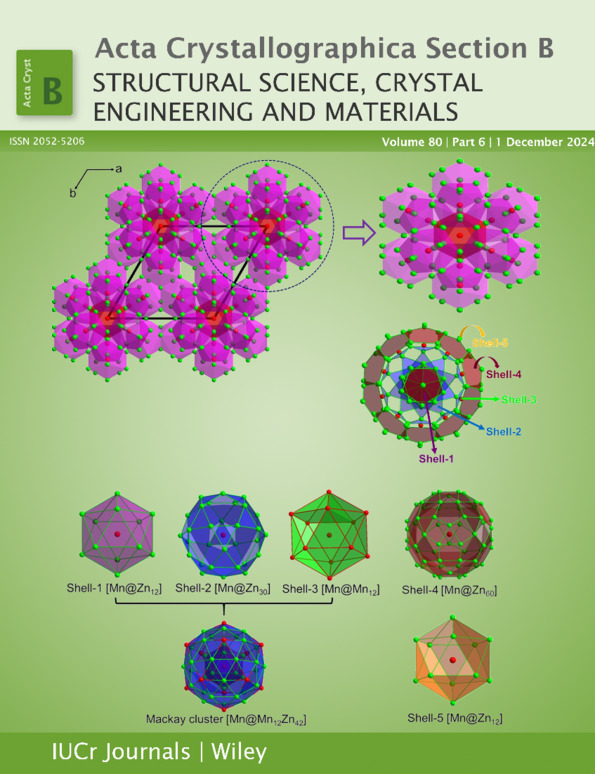From `crystallographic accuracy' to `thermodynamic accuracy': a redetermination of the crystal structure of calcium atorvastatin trihydrate (Lipitor®)
Abstract
With ever-improving quantum-mechanical computational methods, the accuracy requirements for experimental crystal structures increase. The crystal structure of calcium atorvastatin trihydrate, which has 56 degrees of freedom when determined with a real-space algorithm, was determined from powder diffraction data by Hodge et al. [Powder Diffr. (2020), 35, 136–143]. The crystal structure was a good fit to the experimental data, indicating that the electron density had been captured essentially correctly, but two independent quantum-mechanical calculations disagreed with the experimental structure and with each other. Using the same experimental data, the crystal structure was redetermined from scratch and it was shown that it can be reproduced within a root-mean-square Cartesian displacement of 0.1 Å by two independent quantum-mechanical calculations. The consequences for the calculated energies and solubilities are described.




